The creation of a self ordering kiosk involves several key steps, starting with design and engineering. The process begins by defining the kiosk’s purpose, user interface, and features based on the client’s needs. Engineers then design the hardware, including selecting the touch screen, processor, payment terminal, and other essential components. The kiosk’s enclosure is designed to protect these components and reflect the brand’s aesthetics.
Once the design is finalized, manufacturing begins, where components are assembled in factories. The enclosure is fabricated using materials like steel or aluminum, and the hardware components are installed. Software developers simultaneously create and integrate the kiosk’s operating system and custom software, ensuring it provides a seamless user experience.
After assembly, the kiosk undergoes rigorous testing for functionality, durability, and user interaction. This includes checking the responsiveness of the touch screen, the accuracy of the payment system, and the reliability of connectivity. Any issues are addressed before the kiosks are packaged and shipped to the client, ready for installation at the desired location.

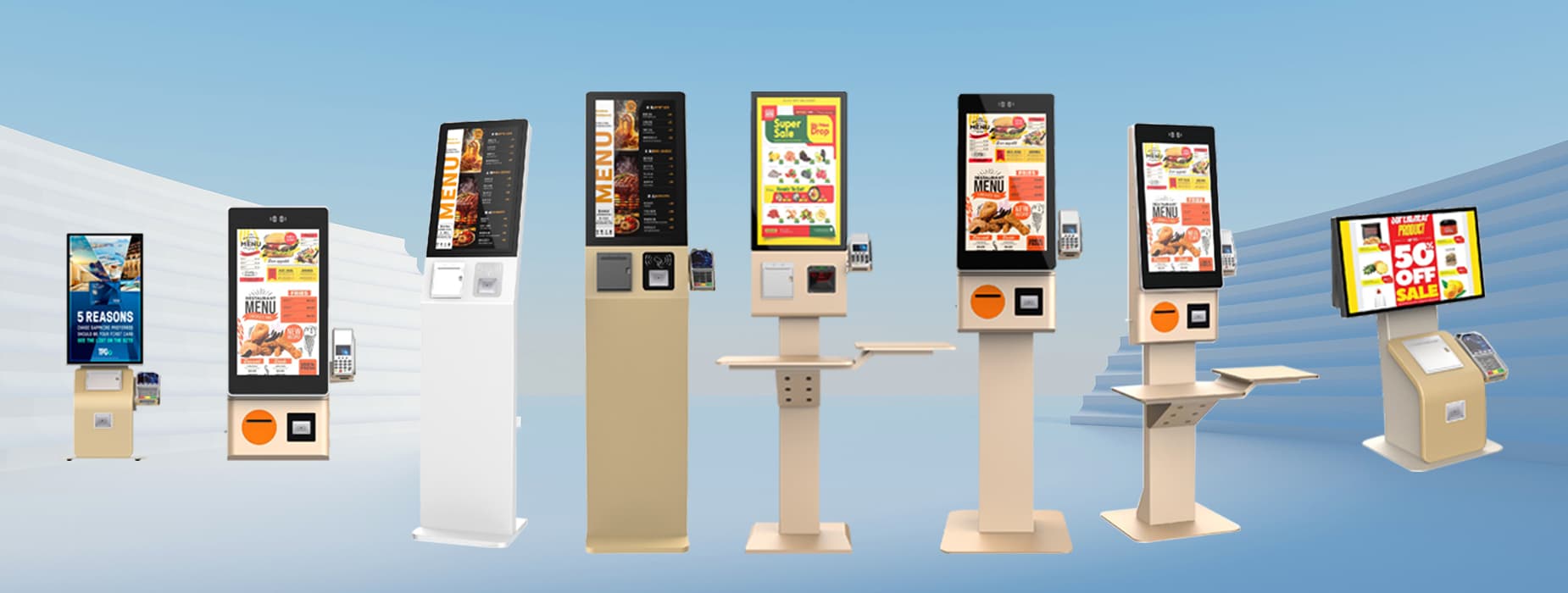
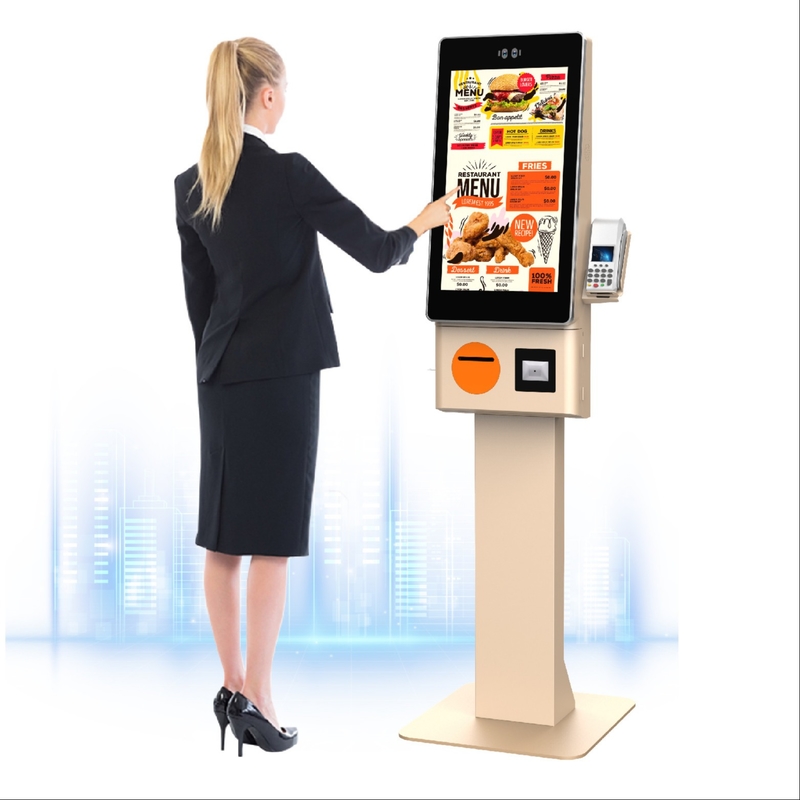
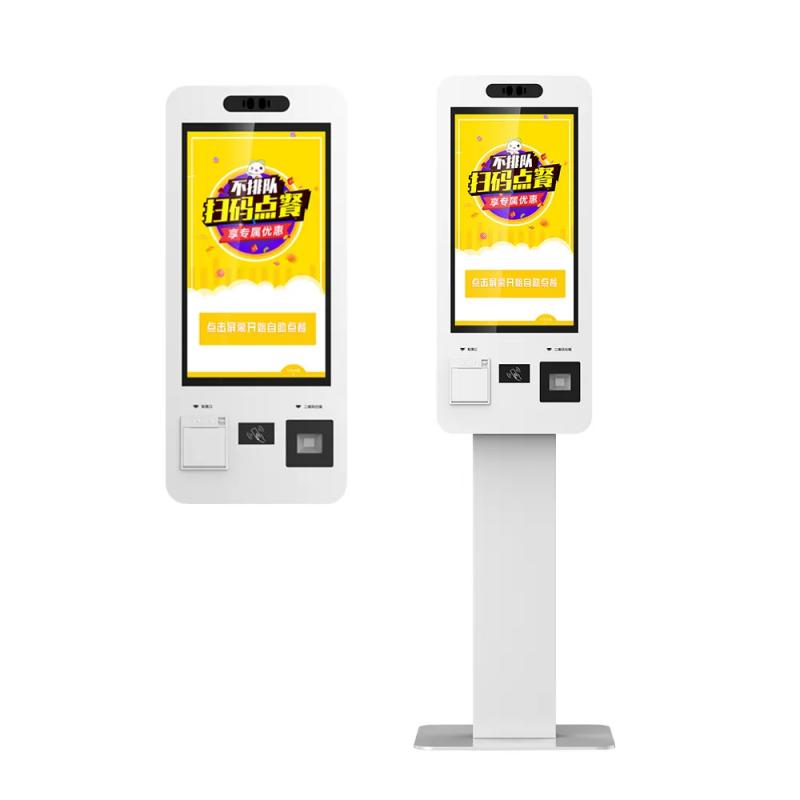
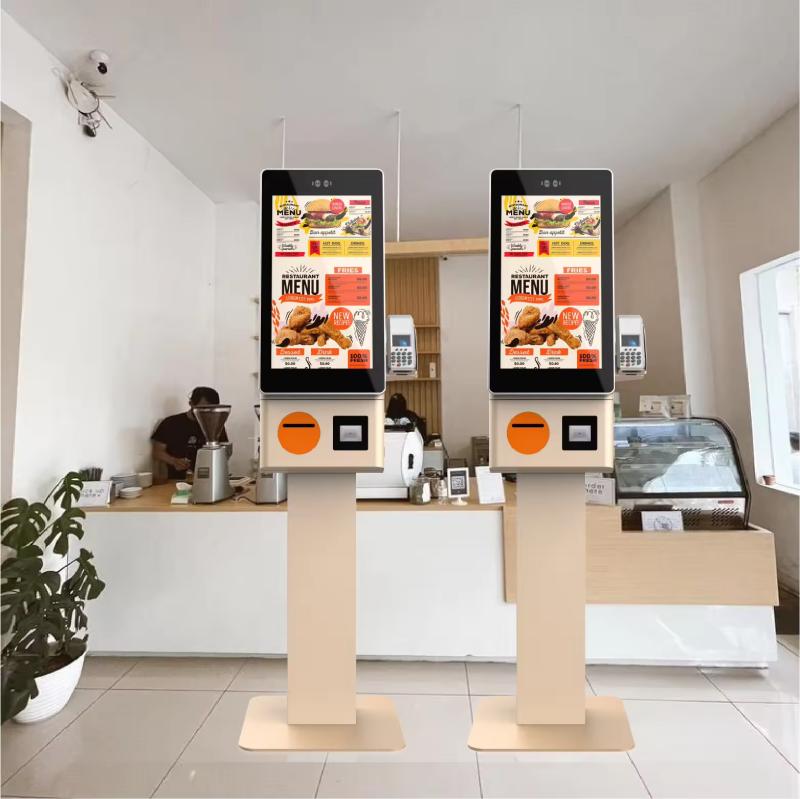

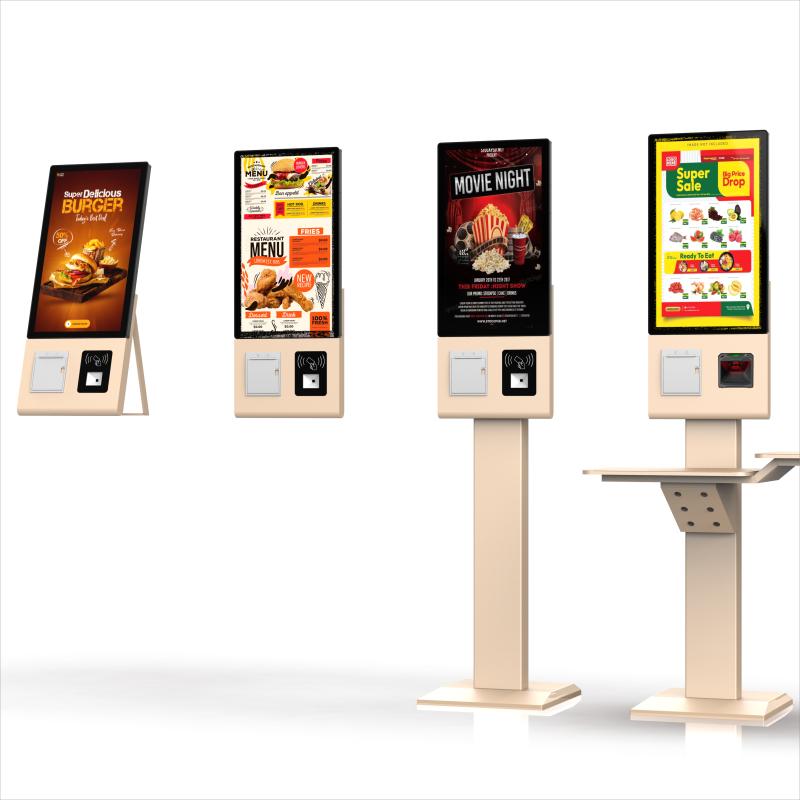



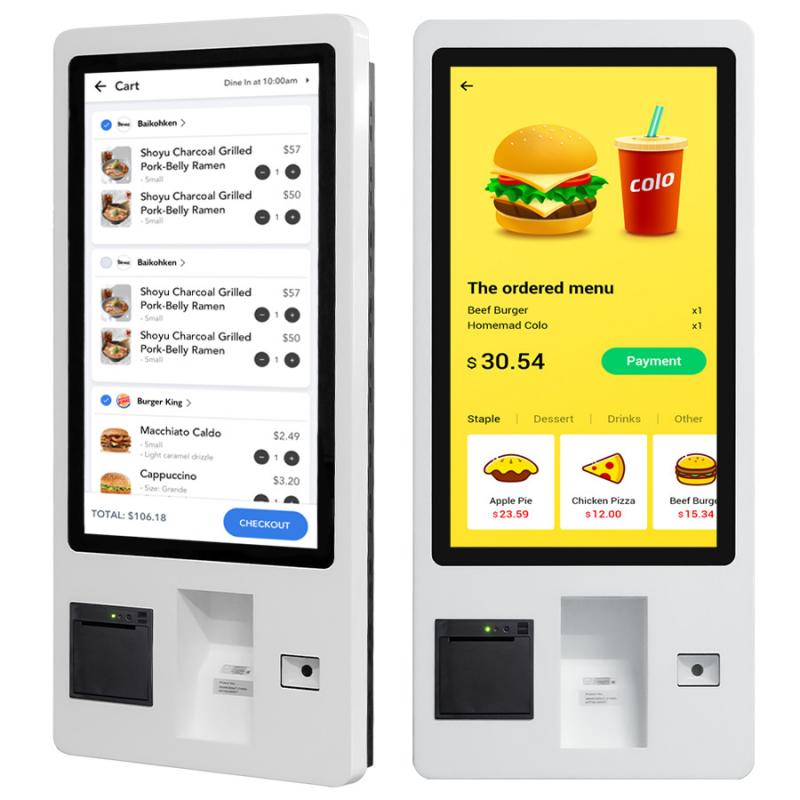
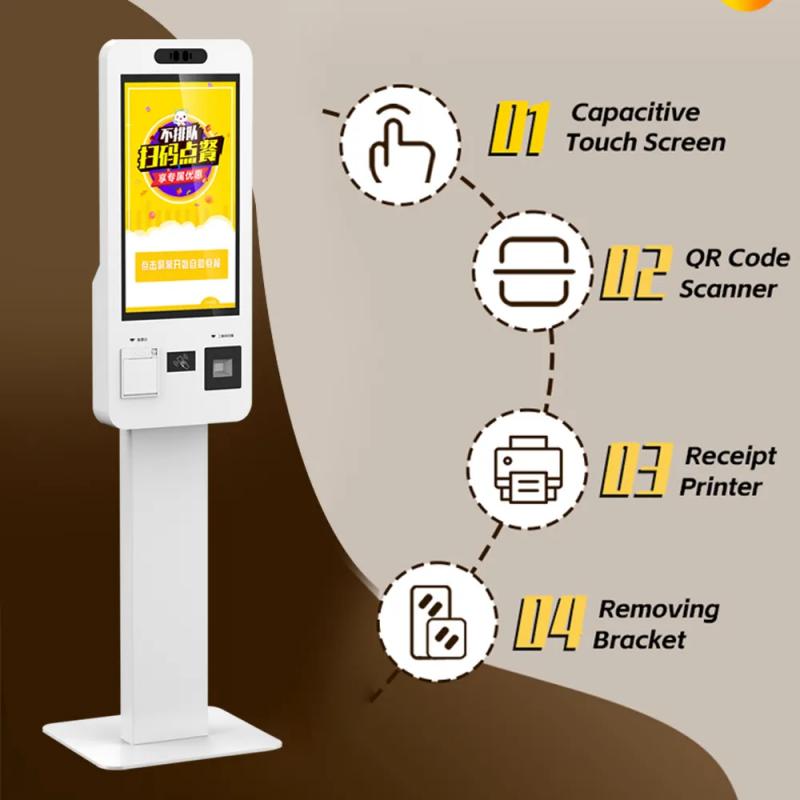


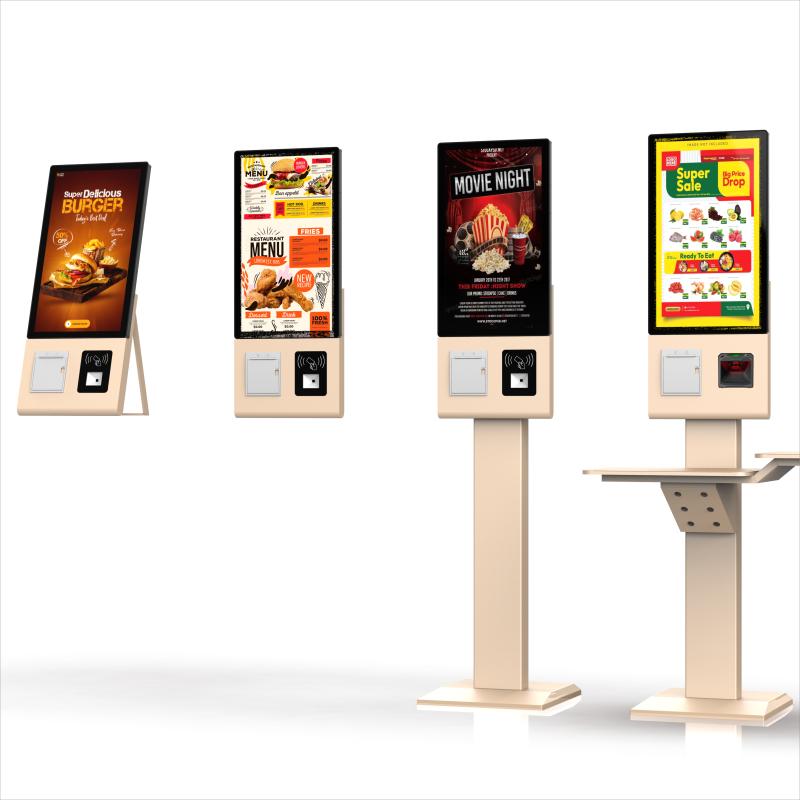
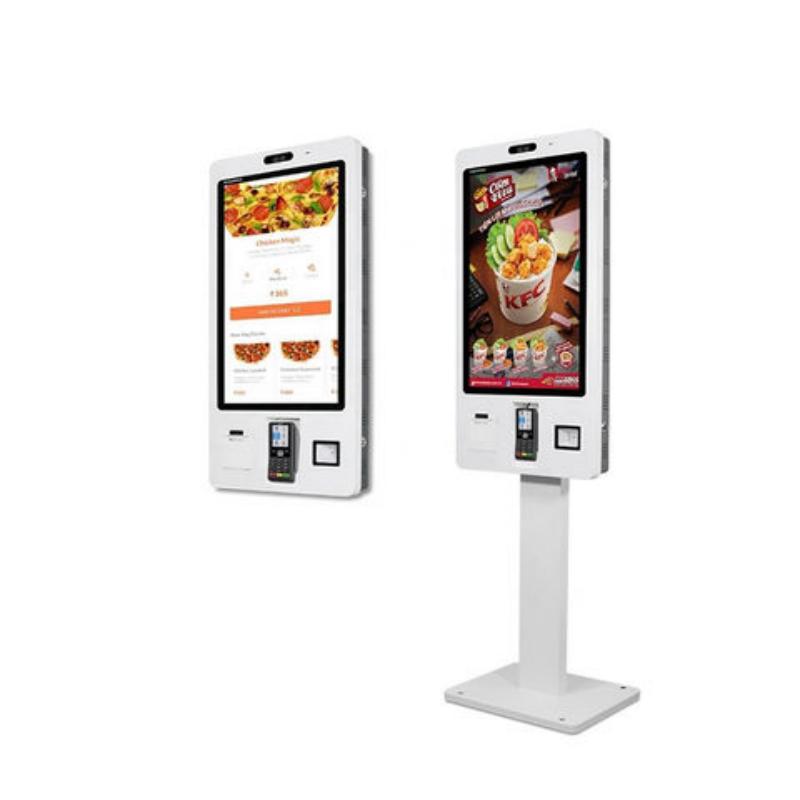
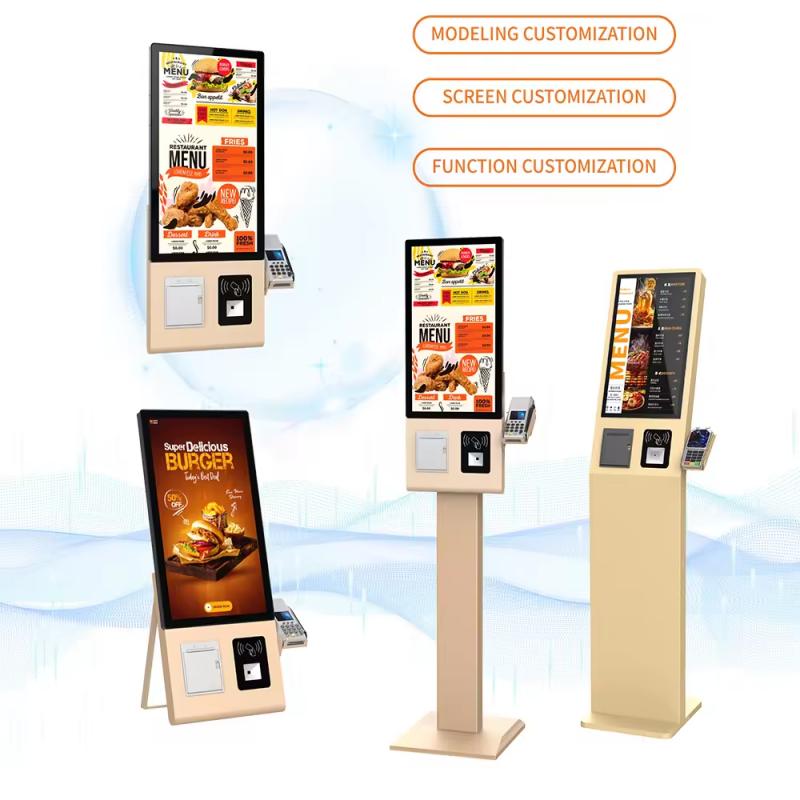
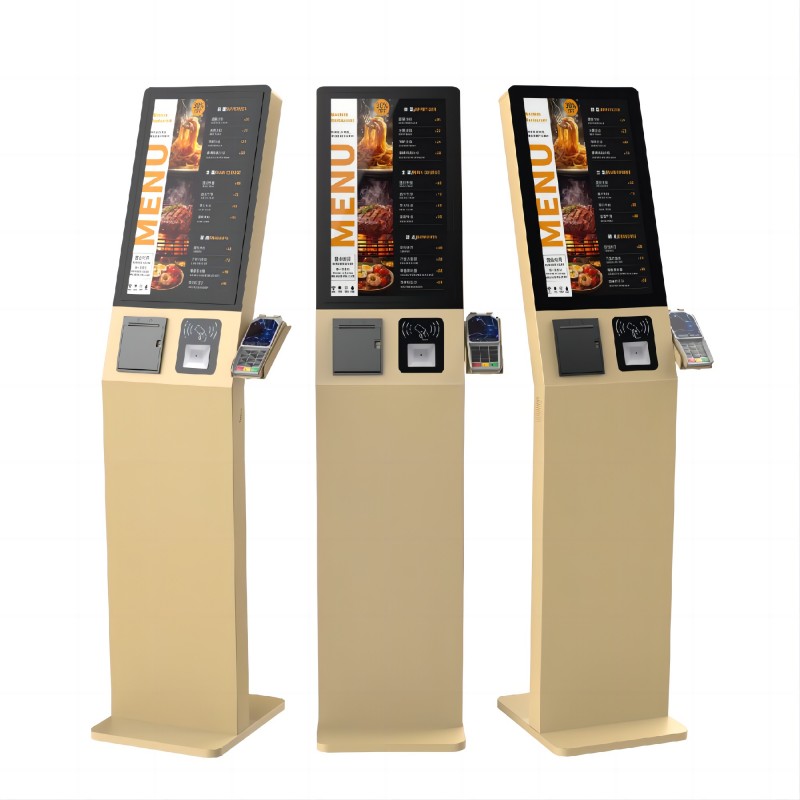
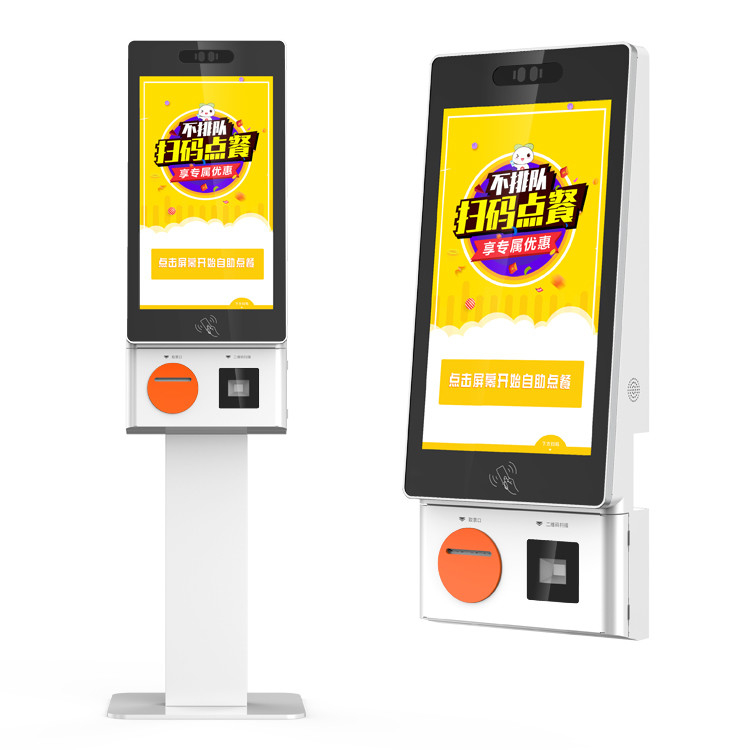
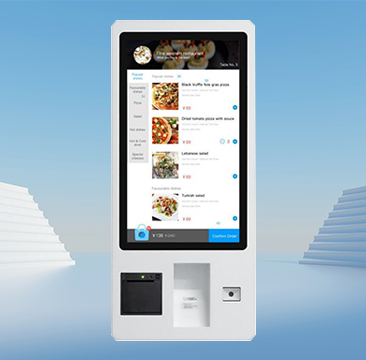
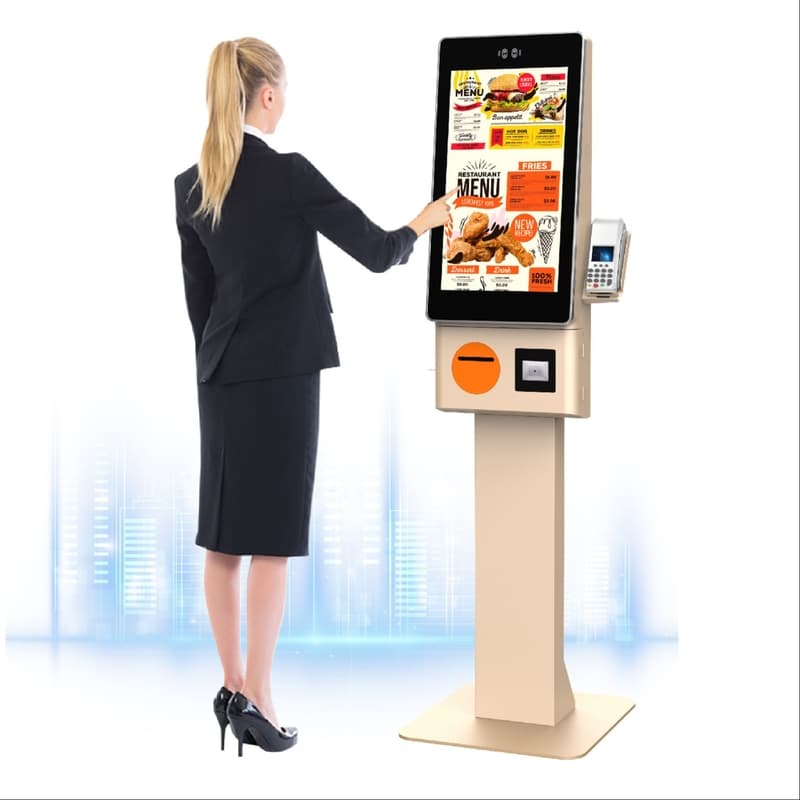

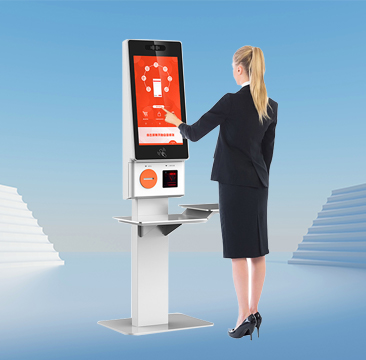
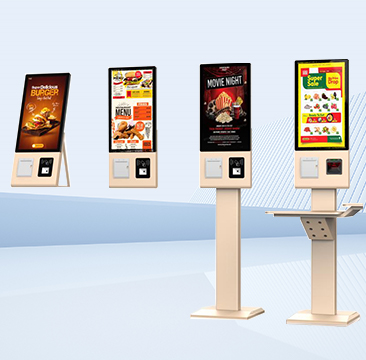
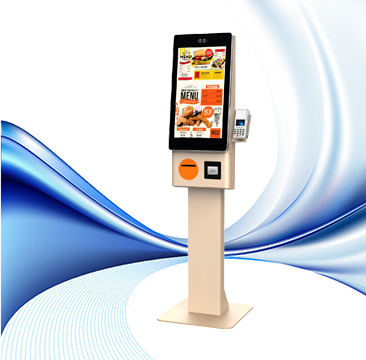
What did our happy clients say?
The self-ordering kiosk has significantly improved our service speed and accuracy. Customers love the ease of use, and the upselling features have noticeably increased our average order value.
Integrating the self ordering kiosk was seamless, and it fits perfectly with our existing systems. The custom branding options really helped to maintain a cohesive look in our store.
The kiosk has been a game-changer for our business. It reduced the workload on our staff and provided customers with a quick, convenient way to place their orders. Highly recommend!
We’ve seen a great return on investment since installing the self-ordering kiosk. The system is reliable, user-friendly, and the vendor’s support team has been excellent throughout the process.